Fantastic beast tech: the wacky world of animal wearables
Canine action cams and connected cows
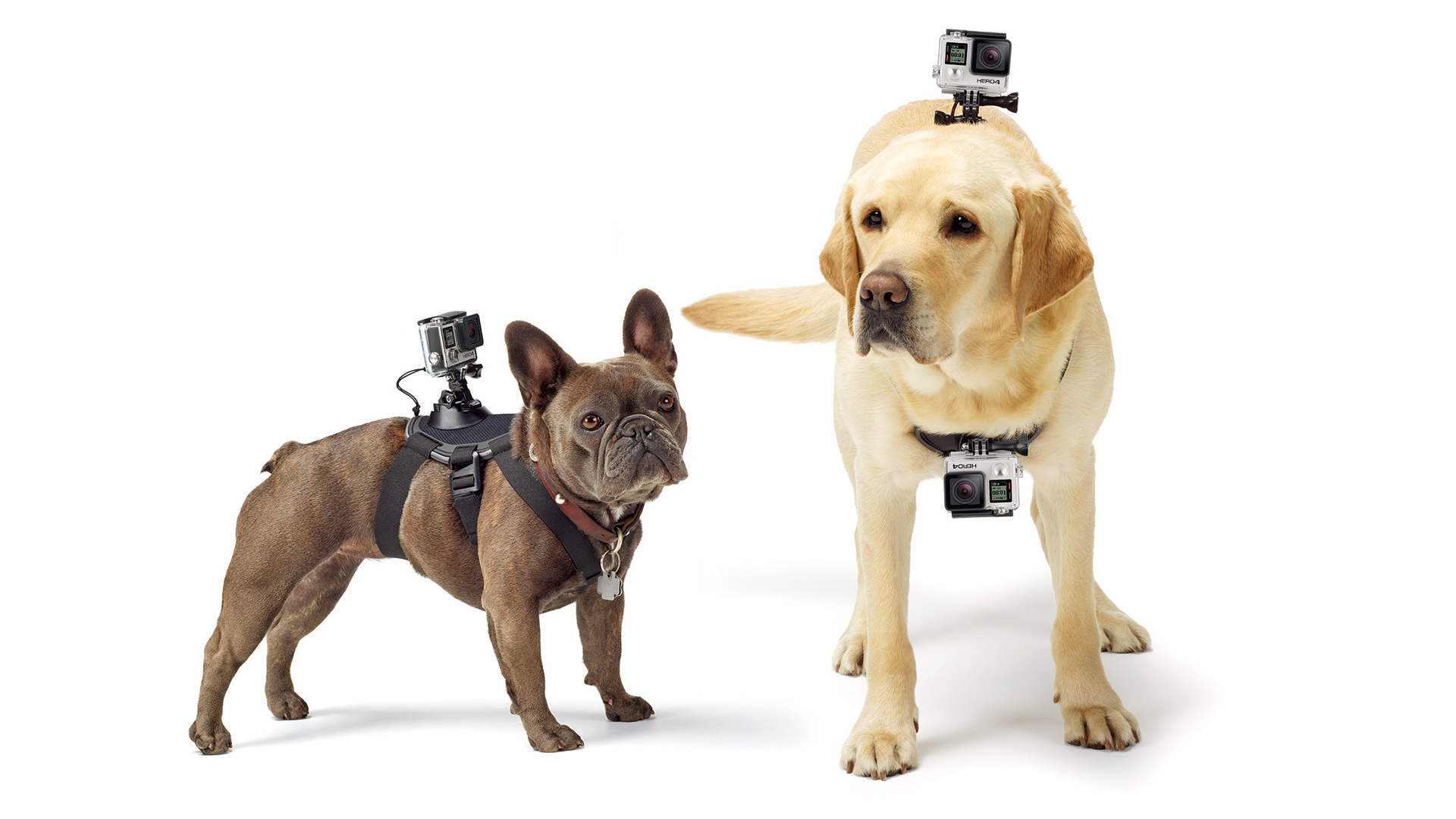
Pet shop toys
Wearables aren’t just for your wrist any more – in fact they're not just for us humans any more. There's a growing market in wearable technology for animals, from trackers and other gadgets for your cat or dog to tech that can help farmers manage their livestock.
Some of these devices are fairly conventional, while others are downright whacky. In this list of our top 10 animal wearables you’ll find tech for horses, cows and even bees, as well as for your domestic pets. There aren't any watches, however.
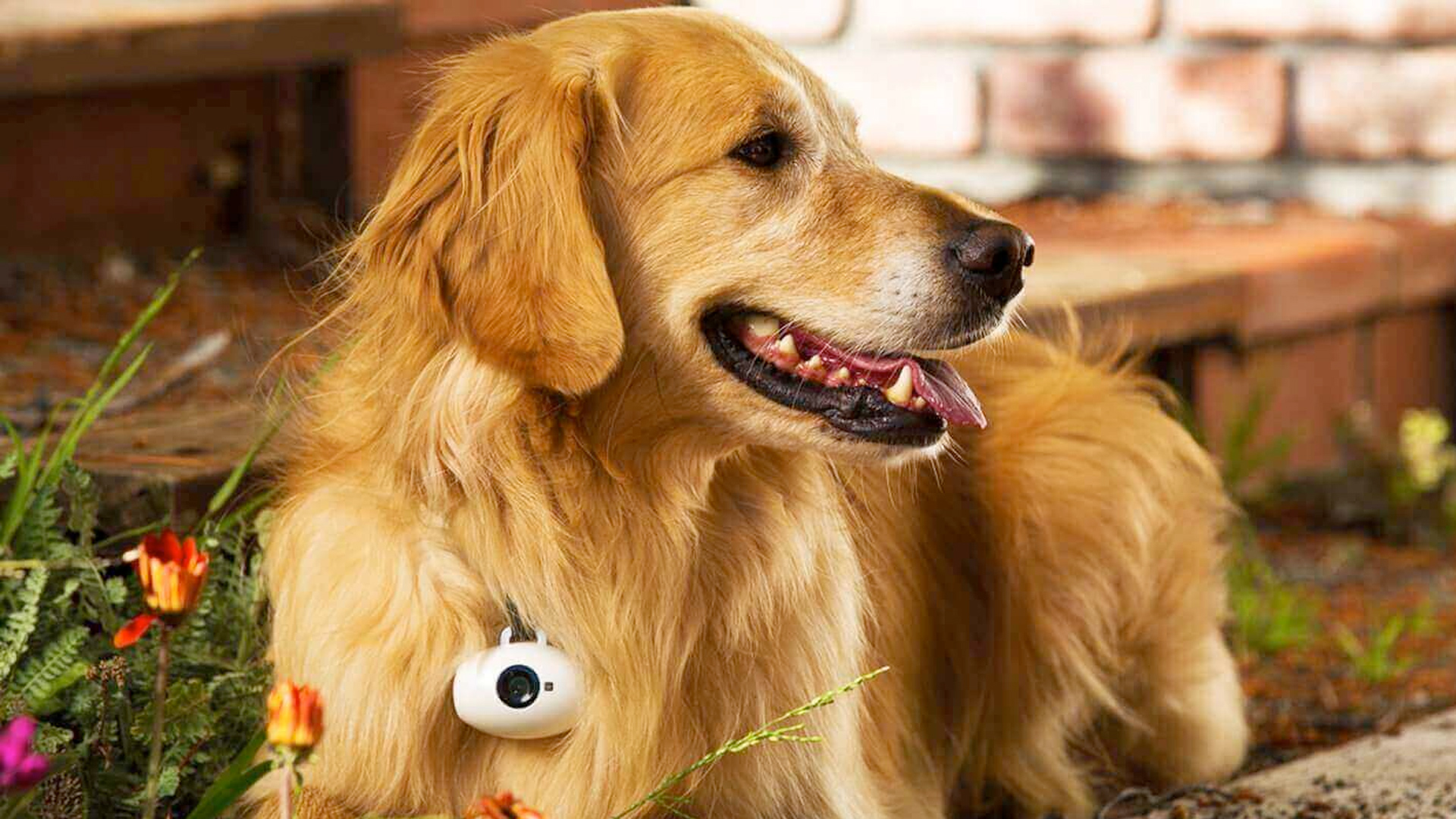
Pawscam
There are plenty of pet trackers out there that alert you when your dog or cat is moving around, and cameras that let you check in on them. Pawscam is a bit different, though – it's like a GoPro for your dog.
The Pawscam hangs from your dog’s collar, and automatically starts capturing video when it thinks something interesting is going on. It’s driven by AI, but let’s be honest, it’s not going to be close to sentience.
“Standing up, rolling, chasing, jumping, licking, or barking” are what set Pawscam rolling, and it snaps six-second videos at a time, primed for social media. With great power comes great responsibility, though, eh? Don’t be a Pawscam pest.
You can also remotely hook into the camera to see what your pet is up to whenever you like.
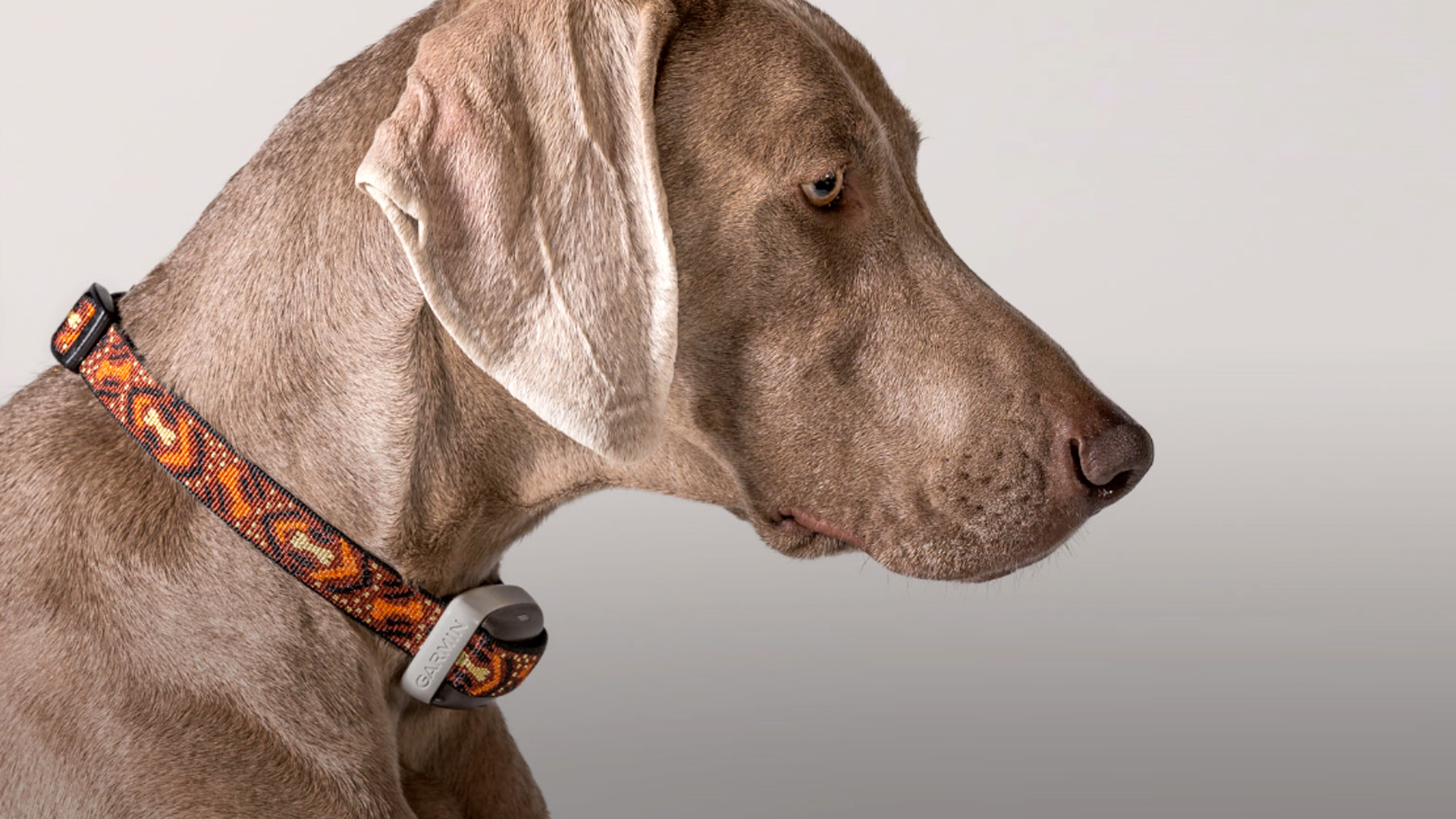
Garmin Delta Smart
Here’s one that will have a few dog owners up in arms. The Garmin Delta Smart is a training collar – but it's the way in which it administers said training that has made many vet and animal welfare groups unhappy.
The Delta Smart contains a bark sensor that monitors the vibration of the dog’s throat. And if they dare to bark at the postman again, you can have the band administer a mild electric shock.
If you prefer the soft touch, the Delta Smart can also be set to emit a tone or vibrate instead, which we’d like to think Cesar Milan would prefer.
There’s a remote to let you, er, 'train' your dog from up to 10 meters away, and once you’ve taught them to stop being an almighty pain with buzzes, bleeps or shocks, the Delta Smart will also function as an activity tracker.
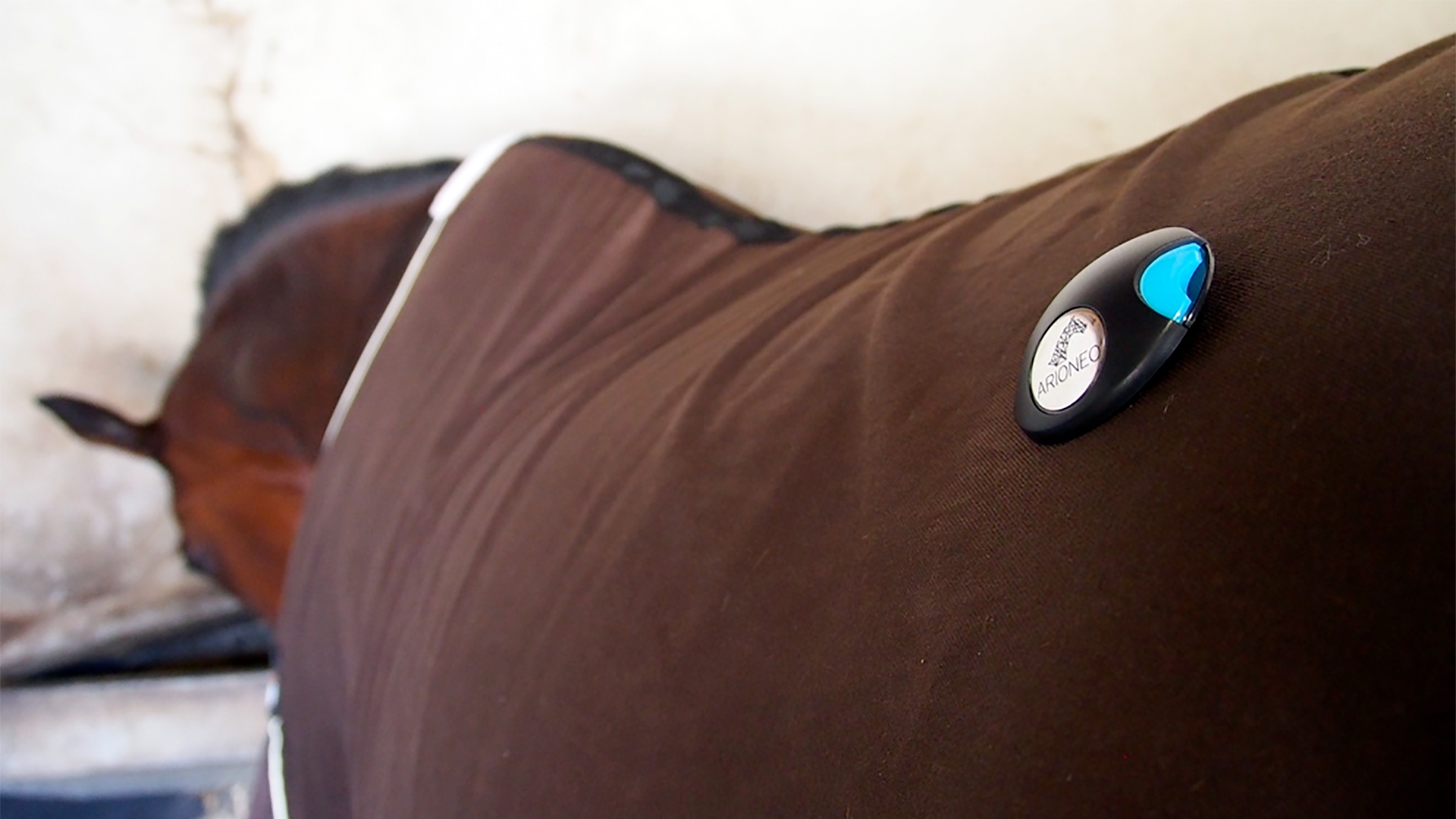
Vital Herd
If the closest you’ve ever got to looking after a pet is keeping a goldfish, it’s hard to imagine what looking after a horse would be like – other than very expensive, of course.
It's so expensive – it'll cost you up to $10,000/£10,000 a year to keep a horse stabled – that spending an extra few hundred on a equine wearable seems like nothing. Sure enough, there’s a whole mini market of horse wearables hiding behind the Fitbits and Garmins and French company Arioneo produces horse wearables for both regular horse owners and pro riders.
Orscana is a disc-shaped wearable that monitors things like movement, body temperature and moisture levels, and lets you know what sort of rug your animal should be wearing – even horses need jumpers sometimes.
We doubt whether many horse racers are reading this, but Arioneo also makes a GPS and heart rate-sensing tracker called Equimetre, the horsie equivalent of a Garmin Fenix 5 runner’s watch. It records the speed, stride and even rhythm of races/rides, storing the data in a Runkeeper-like interface.
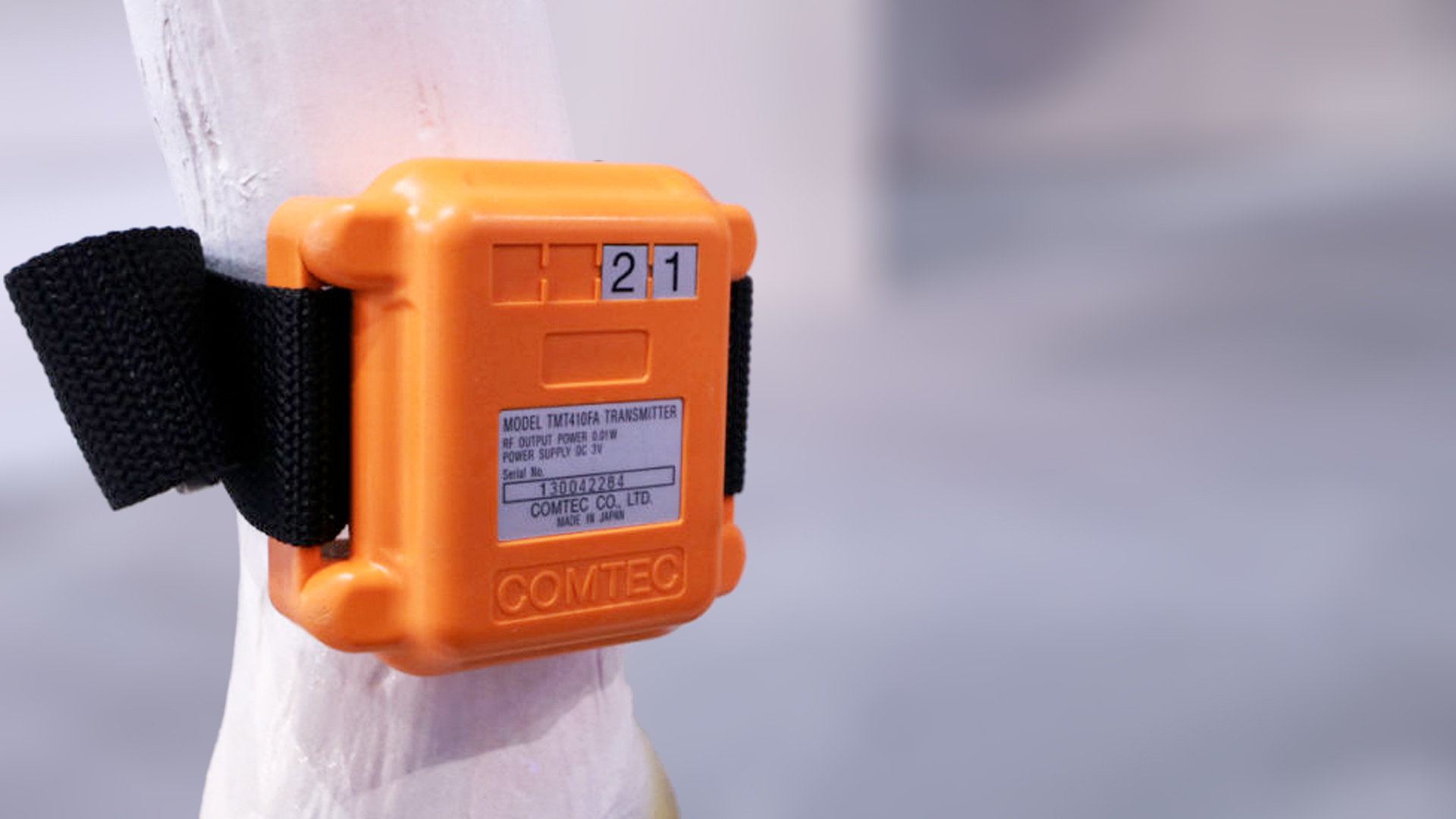
Fujitsu EDSC
Imagine if there was a real-life equivalent of the swipe right/left gesture in Tinder. Finding a partner might be a much simpler, if rather more brutal experience.
Cows may not have evolved to online dating just yet, but it’s apparently dead easy to find out when a female is in heay. They start trotting around like crazy, engaging in up to six times their usual activity.
The Fujitsu Estrus Detection System for Cattle, or EDSC for short, is a bit like one of those ankle bracelets they use to keep tabs on offenders; it attaches to a cow's leg, and measures their step activity. When the cow starts darting around like crazy, the farmer is alerted to the fact that they’re ready to get busy. That’s true romance.

GoPro Fetch Dog
The GoPro Fetch Dog is simply a GoPro action camera harness for doggies, opening up the possibility of Instagram stardom, sponsorship deals and everyone insisting you’re an 'influencer', whatever that means.
It’s a study, washable harness that lets you put your GoPro camera either on the dog’s back or under its front for a dog’s eye view of your adventures together. It's also cheap way to capture action footage for indie movies with even lower budgets than Roger Corman’s.
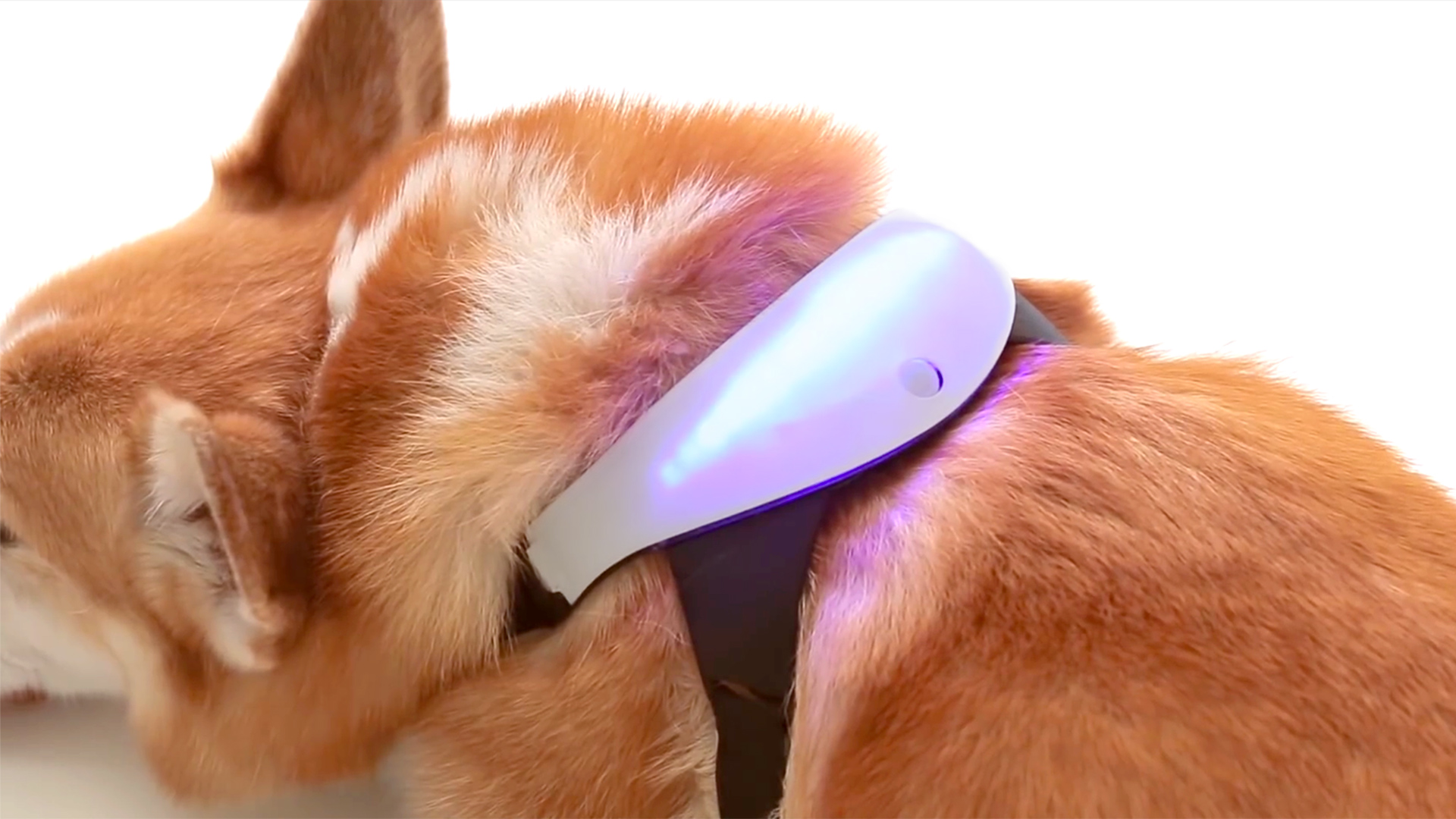
Inupathy
One of the coolest-sounding pet wearables of the past few years was No More Woof, a brain scanner that claimed to read your pooch’s mind. Like so many crowd-funded projects with this kind of sci-fi premise, it ended up vapourware of the highest order.
Inpupathy seems like a much more realistic alternative, because while it still aims to relay your dog’s mood, it doesn’t use any brain-scanning tech. Instead, it’s basically a heart rate chest strap for dogs with an LED light show on the top.
The wearable then looks at your dog’s heart rate pattern and translates it into one of the well-recognized four doggie emotions: happy, calm, concentrate and excitement. That’s by no means the full spectrum of dog emotions – they left out hangry for one – but they are at least states that can be assessed via heart rate.
Excitement makes the Inupathy turn red, a calm relaxed dog glows blue, concentration causes white flashes and happiness sets of a rainbow LED light pattern – and makes you feel like a master dog-raiser.
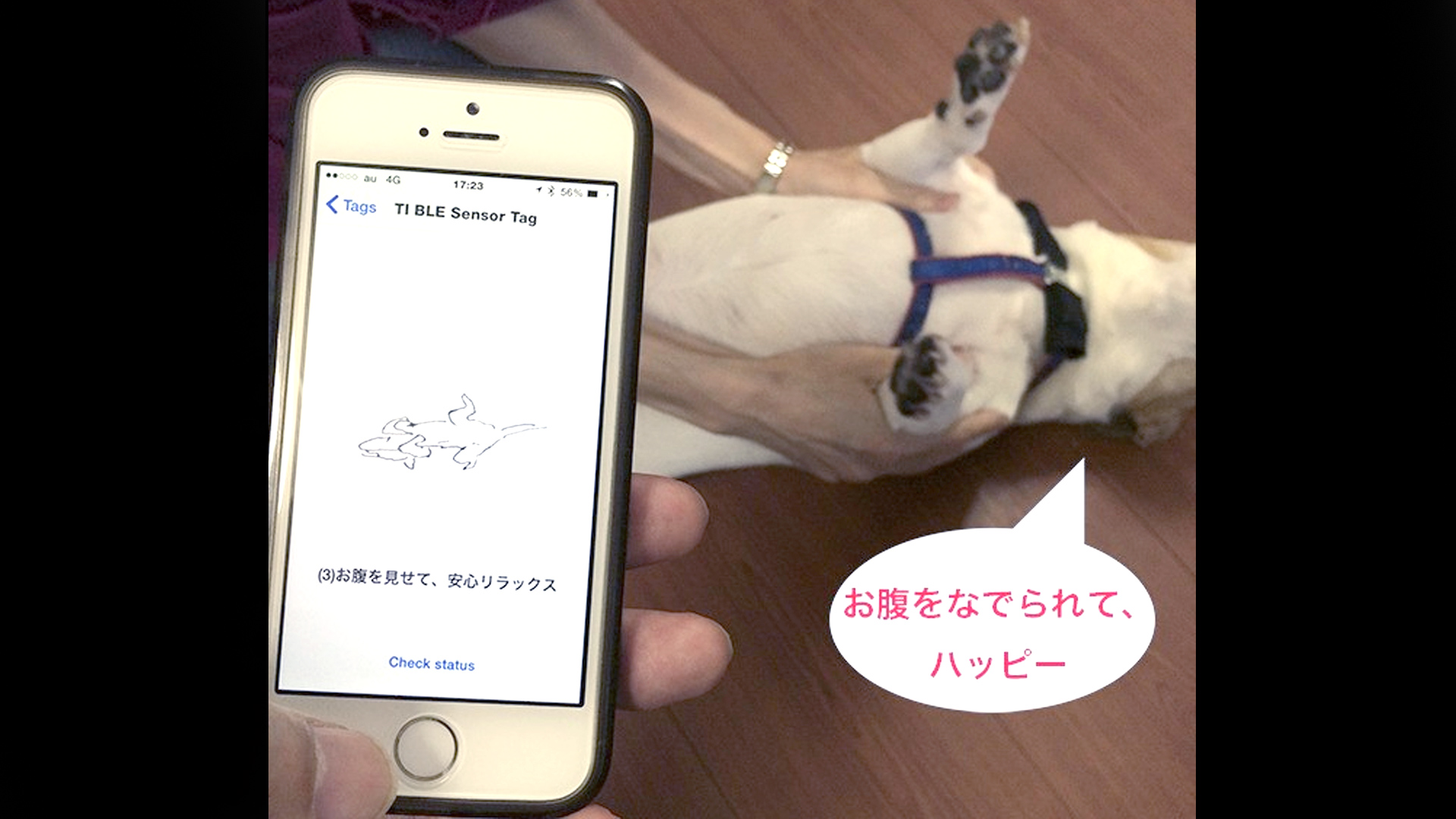
Anicall Shiraseru Am
Sound the dodgy tech alarm, this one is ripe. Brown banana ripe. The Anicall Shiraseru Am is a cat tracking gadget from Japan that claims to be able to monitor your cat’s (or dog’s) emotions without any particularly advanced sensors.
There’s an accelerometer and a temperature sensor, that’s it. And how does it work? Artificial intelligence, that old chesnut.
We all know cats’ emotions are 90% various shades of hate and disdain, but isn’t that a bit ambitious? The Anicall Shiraseru Am is claimed to be able to distinguish 20 kinds of emotion/behaviour.
The device started off its life on a Japanese crowdfunding website, Makuake. Strange-sounding crowdfunded projects always raise an eyebrow, but t he Shiraseru Am also popped up being demo’d at the 2016 Wearable Device Expo in Tokyo. Maybe it’s not totally made up after all.
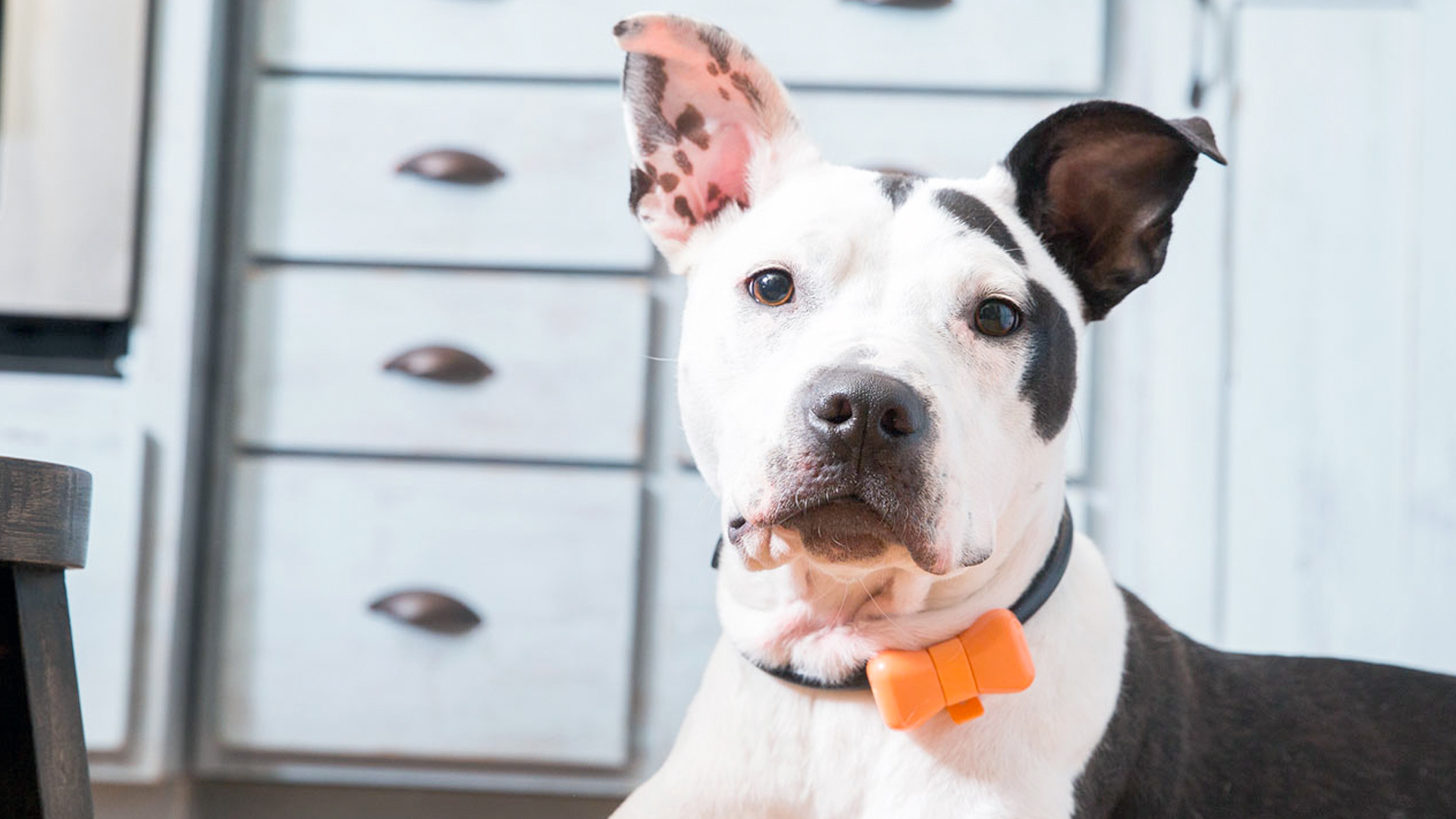
Wonderwoof
This is one of the most conventional animal wearables in this list. Wonderwoof is a fitness tracker for dogs, with no crazy promises or claims.
However, it wins a place here because it’s shaped like a bow tie. And it comes in a whole bunch of colours. WonderWoof is proper doggy tech accessorisation.
Under the cute exterior it’s basically a canine Fitbit, though. There’s an accelerometer to monitor activity and the battery lasts for up to seven days between charges.
GPS doesn’t feature, but the WonderWoof only costs as much as some human activity trackers.
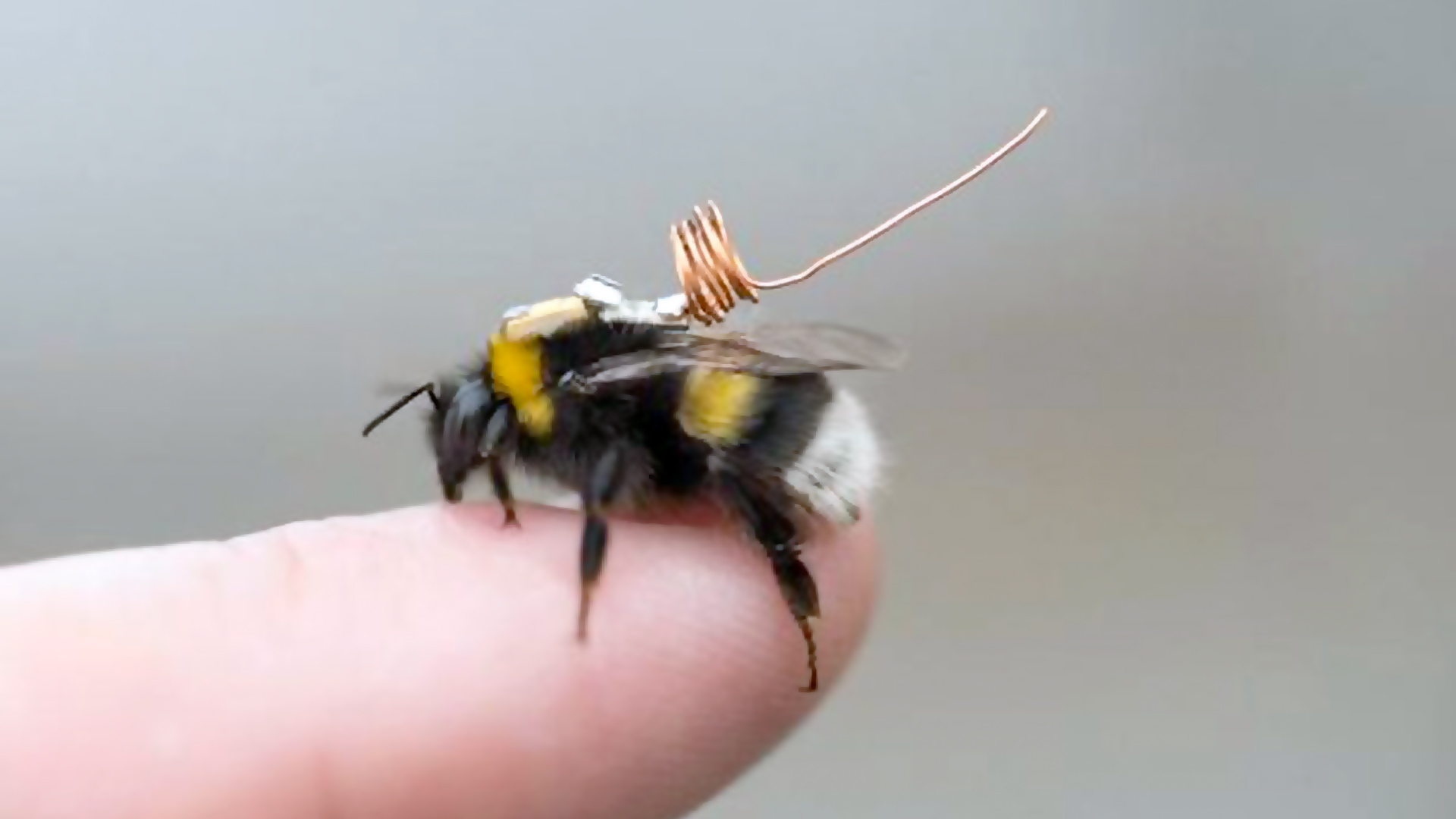
Bee tracking at Kew Gardens
Look at this bee tracker and you have to wonder whether it’s a) an April fool or b) something from a Peta cruelty advert. It’s actually part of an important science experiment, though.
In 2015, a company called Tumbling Dive designed a tiny little wearable tracker for bees in association with the University of Newcastle, and it was trialled at London’s Kew Gardens. But how do you make a wearable for an animal that weighs just a fraction of a gram?
It uses a tiny RFID transmitter and a mini aerial coil that – and this might be hard to swallow – are superglued to the bee. Sorry, bees.
However, it’s all in the cause of finding more about the behaviour of bees, and why their numbers are dwindling, letting researchers see when a bee returns to the hive.
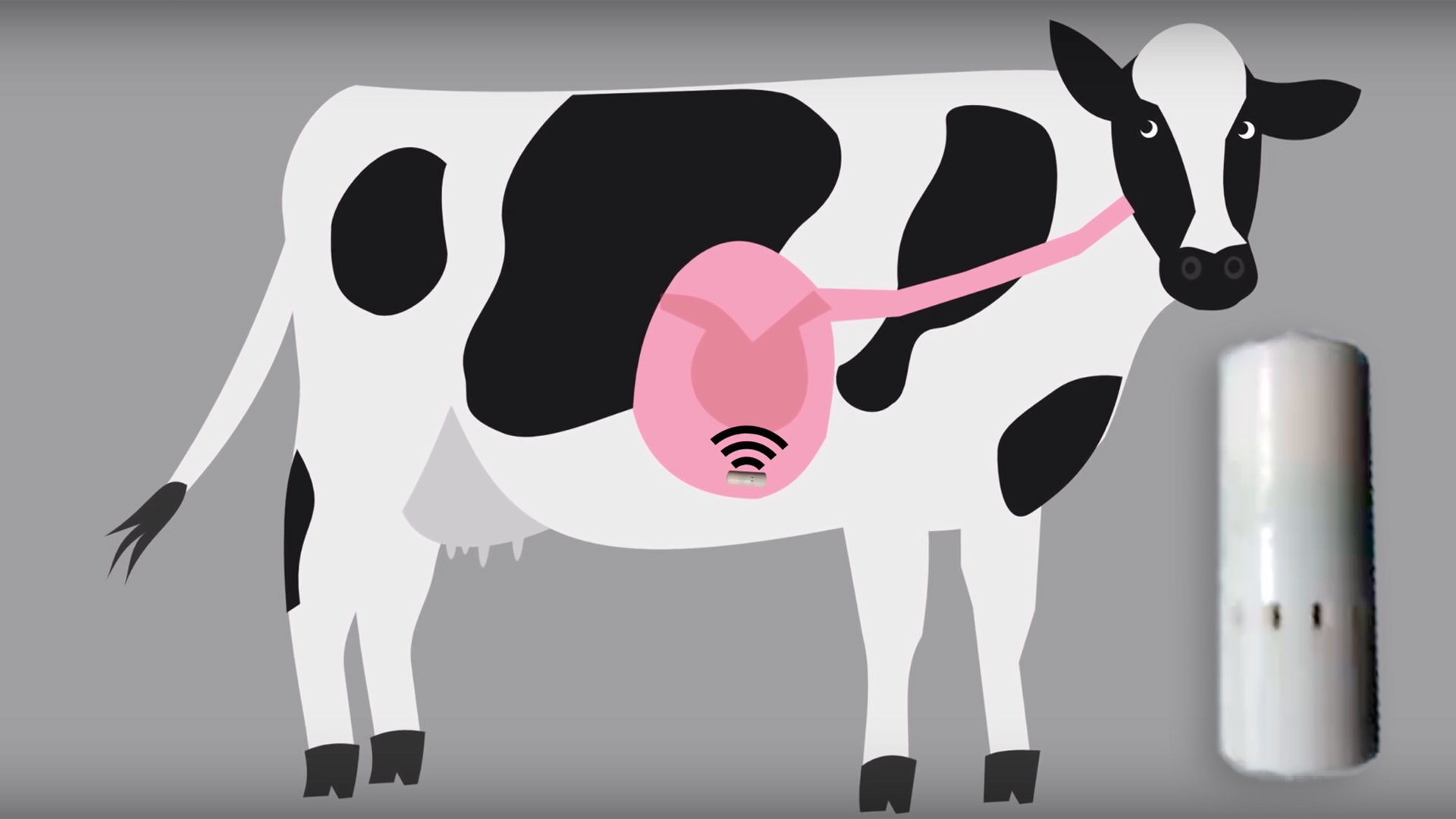
Vital Herd
Most human fitness wearables go on our wrists, but that’s not going to cut it for the grand medical device future some have in mind, with gadgets on or in our bodies monitoring all aspects of our health, all the time.
The Vital Herd tracker shows the way forward, although it might make you feel a bit uncomfortable. It’s an e-pill tracker that's added to a cow’s feed, ending up in their stomach where it wirelessly transmits readings for the rest of the animal's life.
From there it can monitor heart rate, core temperature, breathing rate, and what’s going on with the acid in the cow’s stomach. This enables herd managers to spot health problems in animals, and gauge when they’re in heat.

Andrew is a freelance journalist and has been writing and editing for some of the UK's top tech and lifestyle publications including TrustedReviews, Stuff, T3, TechRadar, Lifehacker and others.